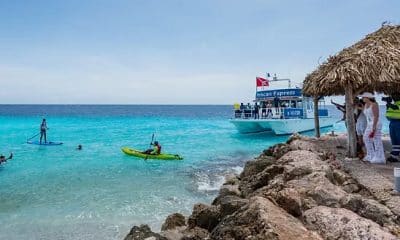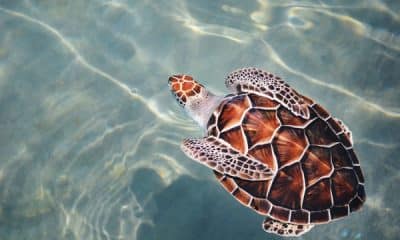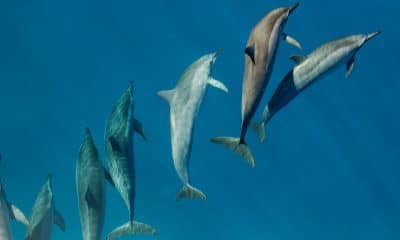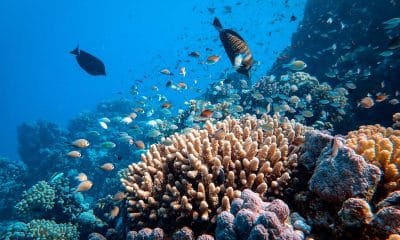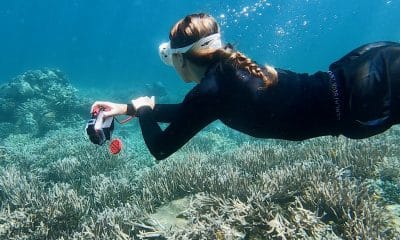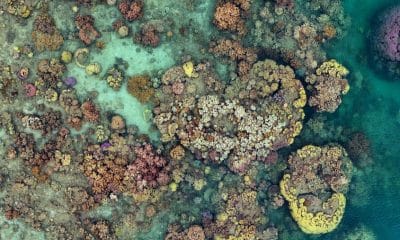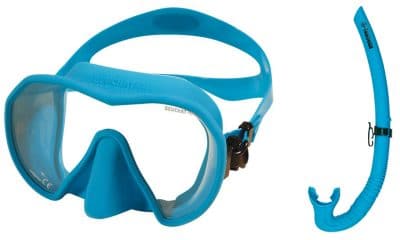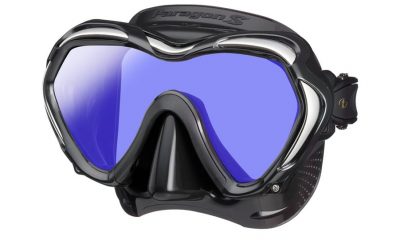Blogs
Snorkeling with Big Fish
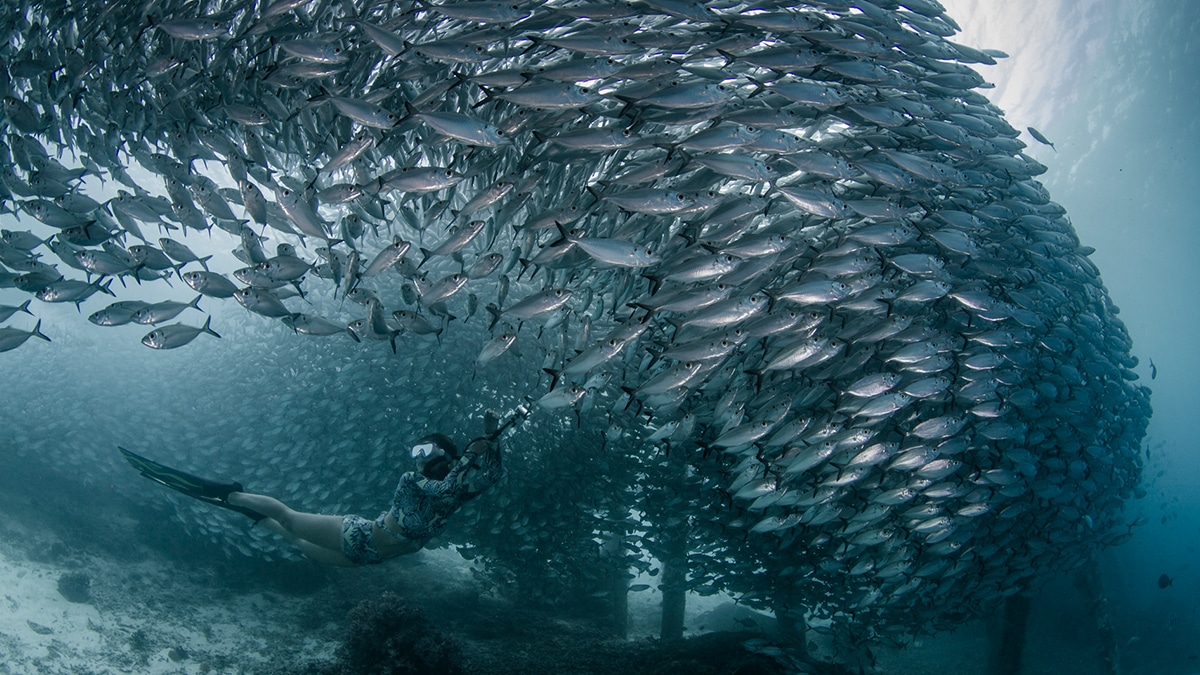
A warm water welcome to our latest contributor, Snorkel Venture, who will be sharing their experiences as specialists in guide-led group snorkeling safaris to the world’s best destinations.
While everyone loves snorkeling over pristine reefs with all the colorful fish that explode out of it, there’s still nothing quite like schools of big fish. Despite what movies and wildlife documentaries might covey with their their careful selection of images, big fish can be trickier to find than you might imagine. For example, on a five km stretch of reef full of what look like the perfect habitat for big fish there may be one point or ridge where the big fish collect, or you may see a school of jacks but they are deep and well out of snorkeling range. If you’ve spent any amount of time snorkeling in the tropics you will surely understand what I’m talking about. So, with all of this in mind, here are a few tips for finding the big fish!
5. Depth
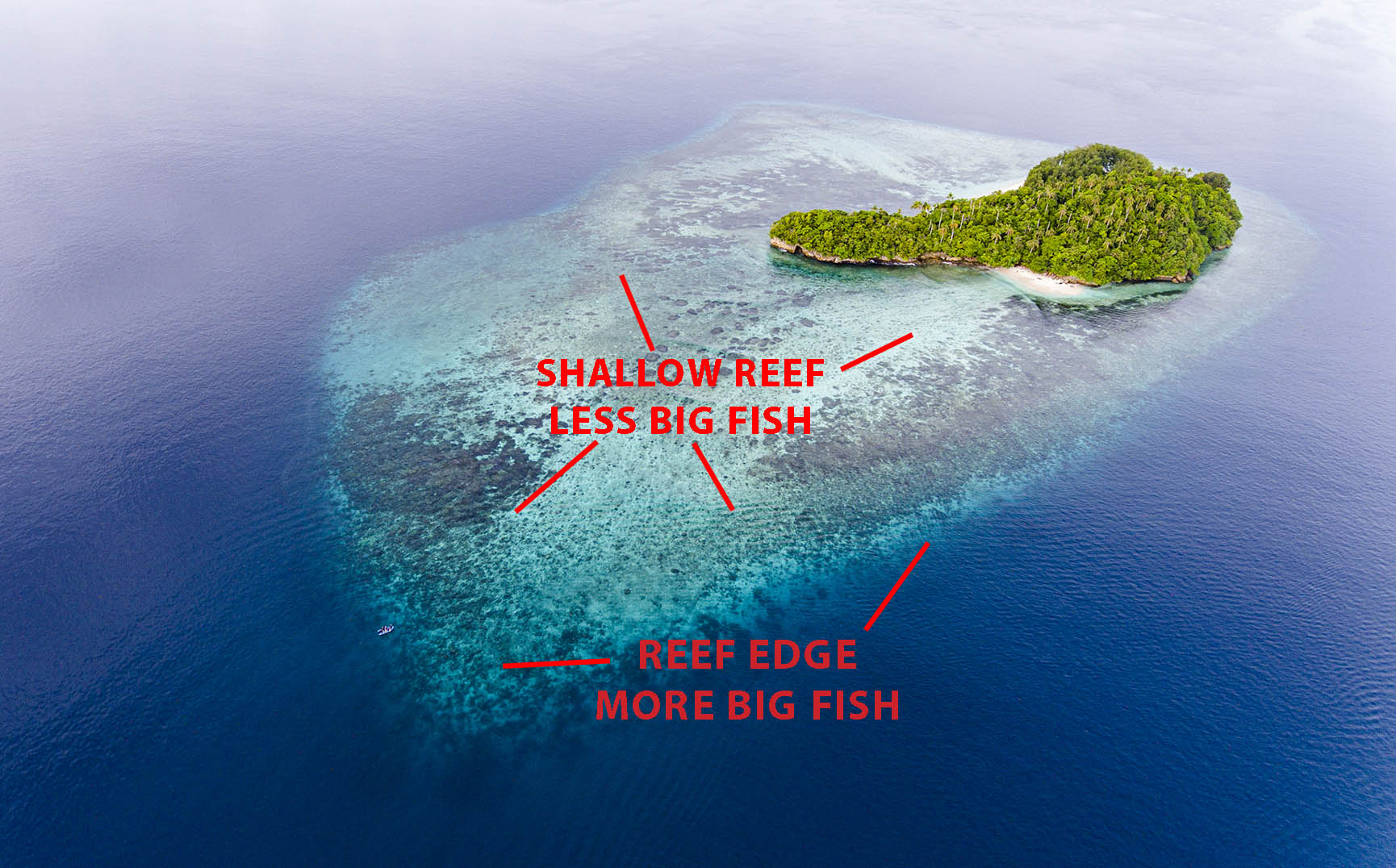
Depth does play a small role in being able to find big fish in that you need to be snorkeling in an area that has access to deeper water. What I mean by this is that if you are snorkeling right up in the shallow reef flats you are not likely to encounter many big fish. However, if you swim to the point in the reef where it turns into a wall or starts to slope off, then you’ll increase your odds of finding big fish as they like to have unlimited access to the open blue water.
4. Current
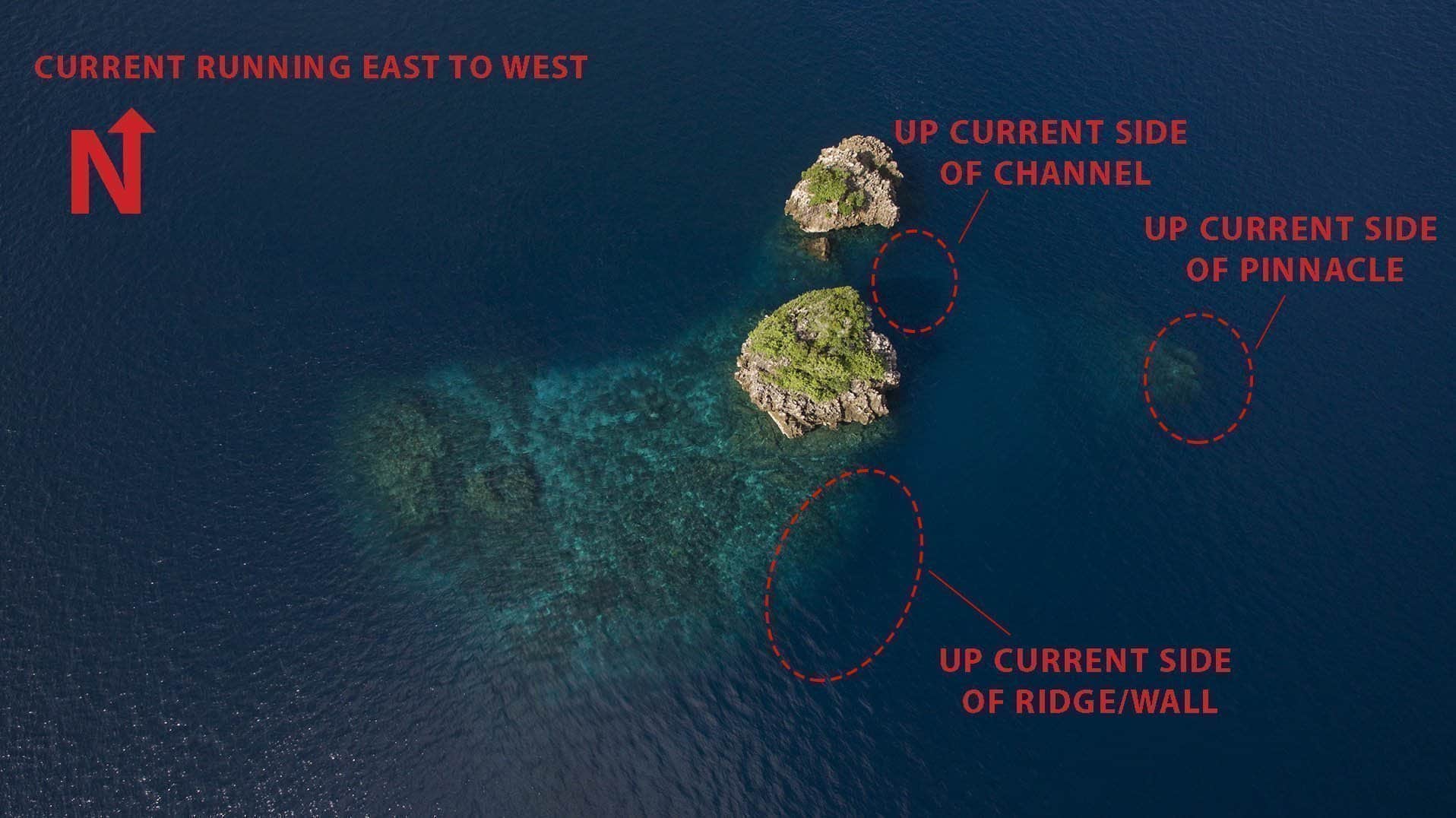
Current plays a big part in where big fish congregate and when. Generally speaking, when the tide is slack—that time between rising tide and falling tide where there is no current—most big fish will sort of just scatter into the blue water away from the reef. When the current starts to run again the fish will come back into their schooling formations on the up current side of the reef.
3. Topography
Topography and current sort of work together in that schools of big fish will generally congregate around ridges and channels, or basically any topographic feature that helps accelerate or funnel the current and bring in food. The fish will almost always be on the up current side of that particular feature, which is why your Snorkel Venture guides are always paying attention to which way the current is running.
2. Specific Destinations
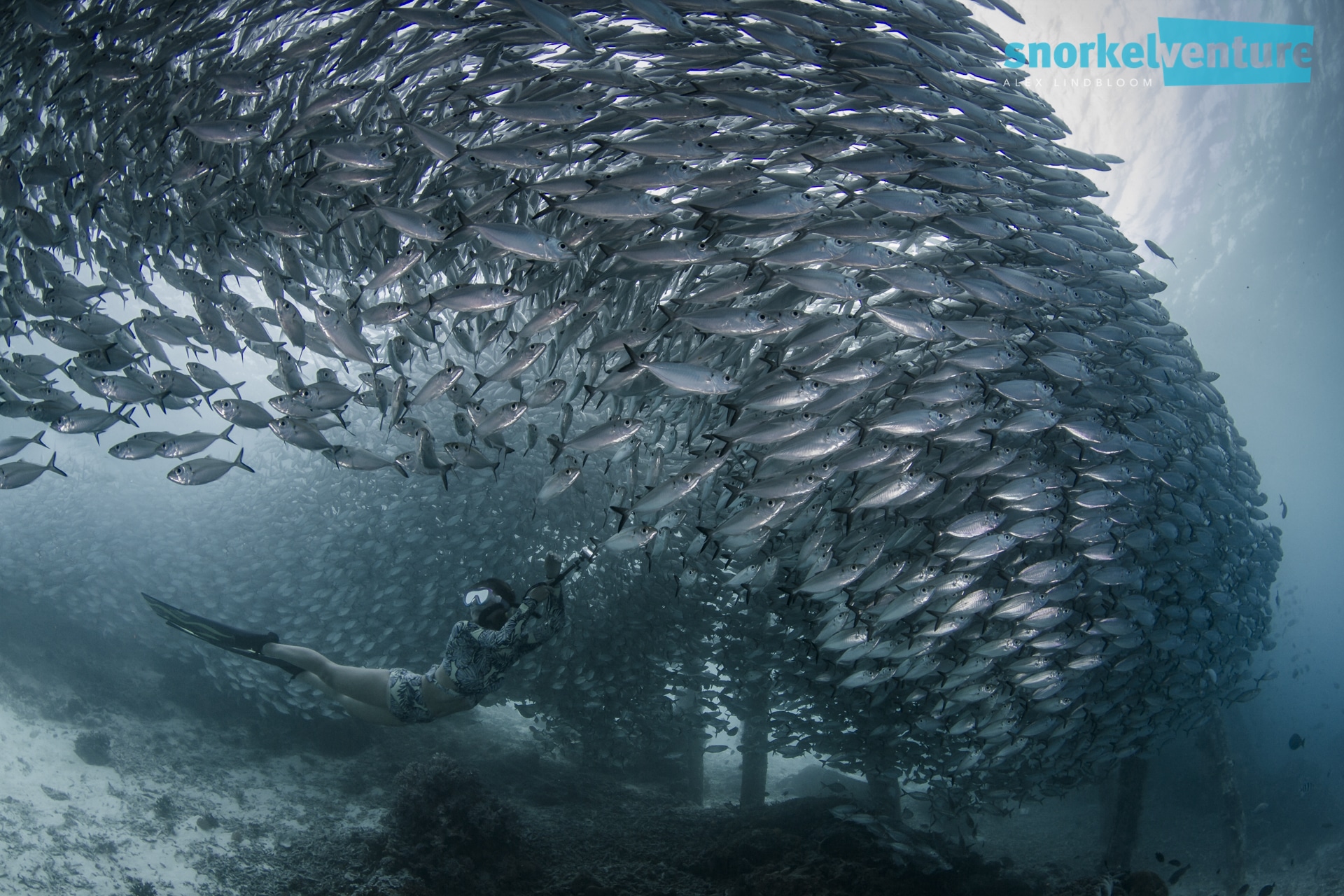
One of the biggest tips for finding big fish is to figure out which destinations are well known for having big fish. By destination I don’t mean countries, I mean specific snorkeling destinations within a country like Komodo or Raja Ampat in Indonesia and the Sea of Cortez in Mexico. While a country like Indonesia may be famous for having lots of big fish, it will be these specific snorkeling destinations that have made it so. Before booking a snorkeling adventure it’s really important to know which places offer the best chances of big fish.
1. MPA (Marine Protected Areas)
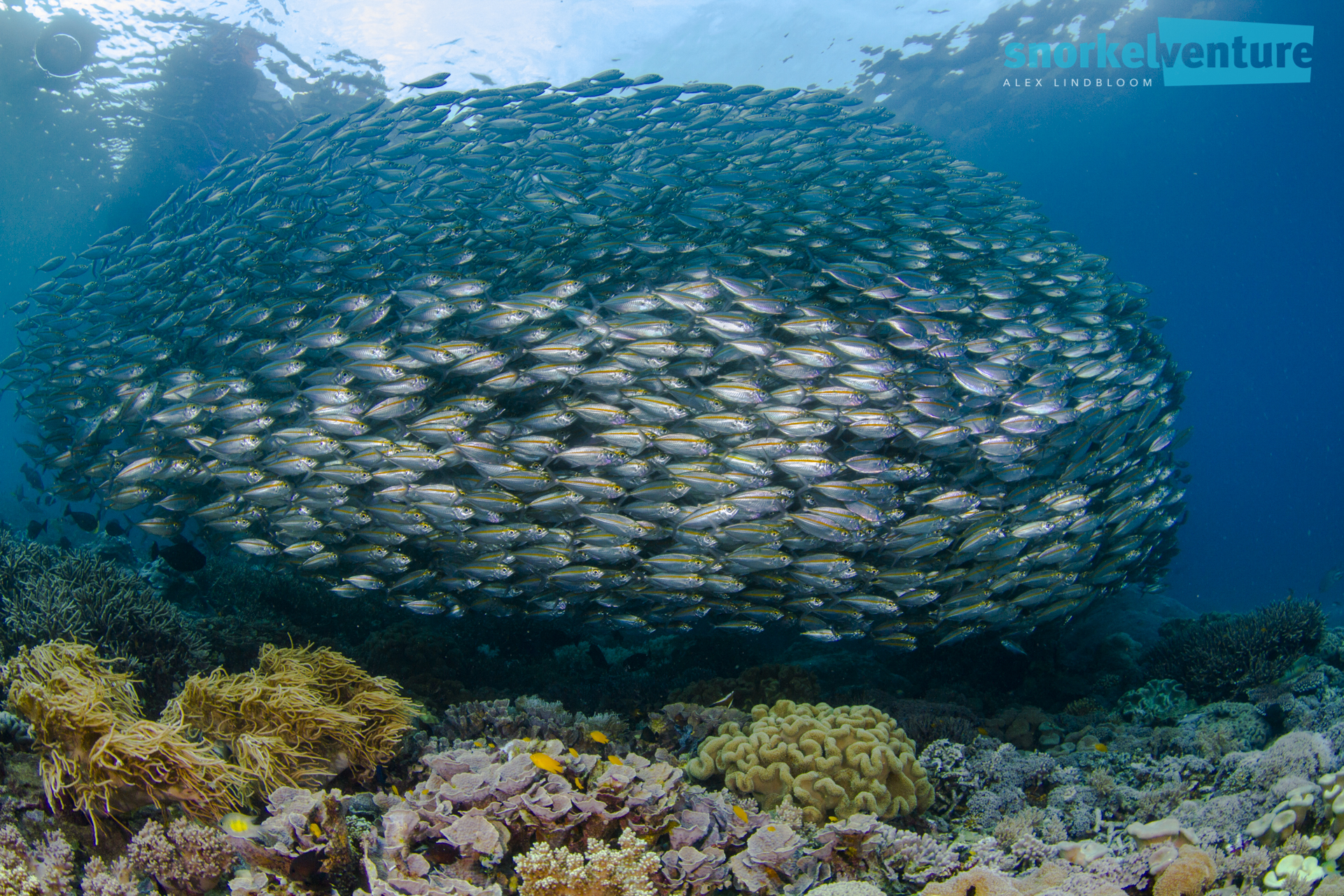
Destinations like Raja Ampat and Komodo who have had their waters protected as an MPA will offer the absolute best big fish encounters for a couple reasons. First reason being that there will just be more big fish as fishing is restricted or prohibited within the MPA boundaries. Second reason being that fish know when they are being fished and will descend to deeper waters. If you’ve ever snorkeled in places where they are still actively fished you’ll no doubt find that all the big fish will be deep, and in much smaller numbers. In successful MPAs like Raja Ampat you’ll find that almost all the schooling fish will be in the first fifteen or so feet of water and in very large numbers, perfect for snorkelers.
 Find out more at www.snorkelventure.com.
Find out more at www.snorkelventure.com.
Blogs
The Suit Ocean Team leads the Ultimate Curacao Snorkeling Adventure
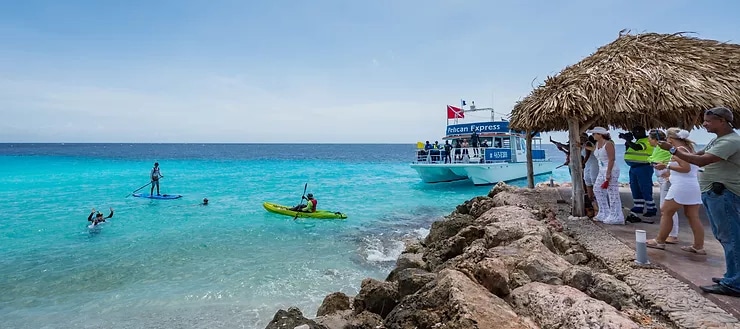
As passionate residents of our Dutch Caribbean Island, we must congratulate The Suit Ocean Team for creating more awareness about the importance of protecting our beautiful fringing reef systems in Curacao.
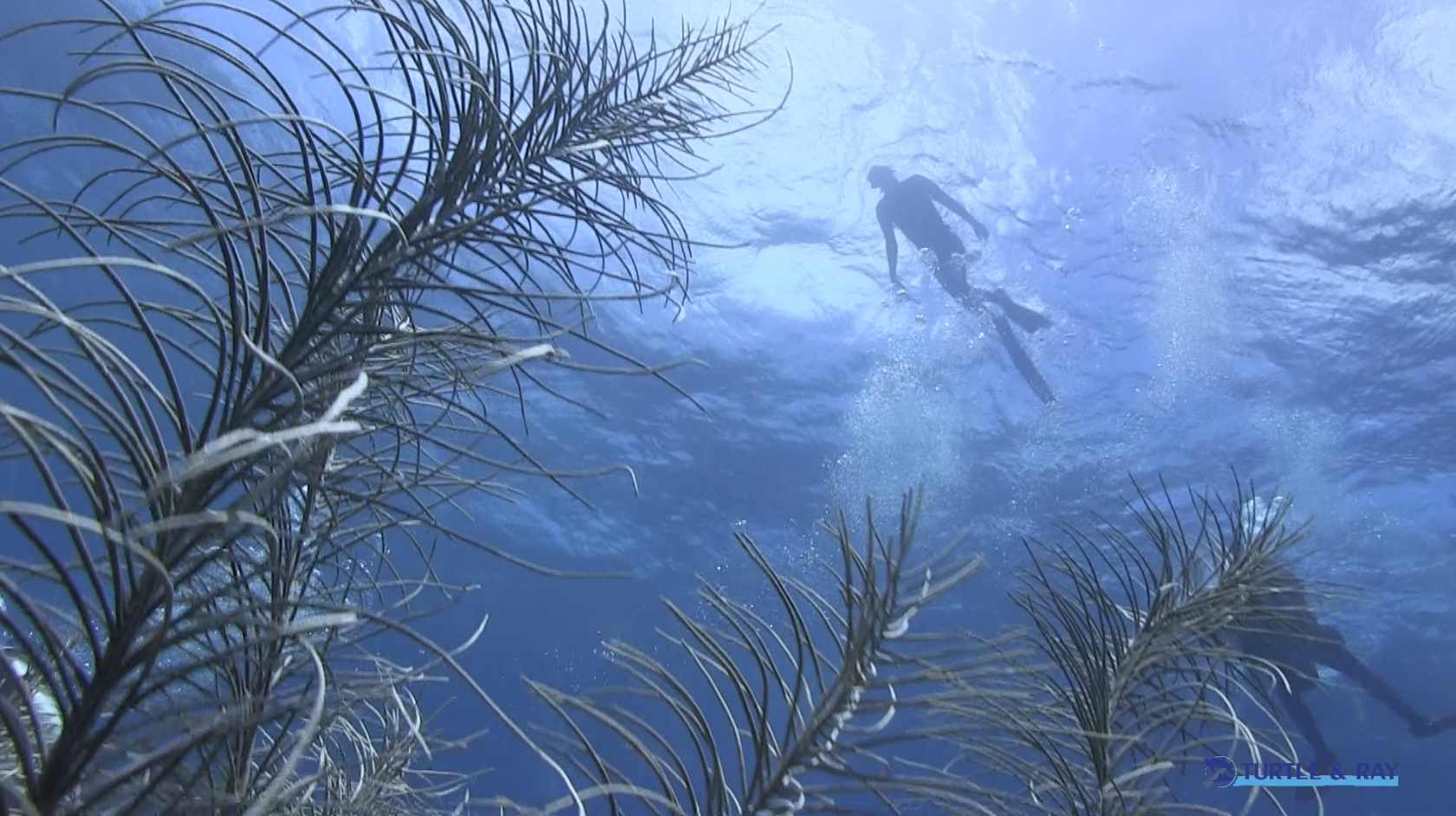
The film, Curacao Underwater Kunuku (Kunuku is Papiamento for Garden), not only documents this ultimate snorkeling adventure showing you how easy it is for everyone to access and enjoy a snorkel or diving experience, but it also showcases the interaction between man and nature, highlighting the beauty of underwater life while promoting conservation, preservation and the need to protect these vital habitats.
These are the key ingredients to this beautiful short film documentary. Watch NOW and please enjoy our “CURACAO UNDERWATER KUNUKU”.
This film, produced by the Lawrence Mensa Foundation (LMF), is also available in multiple languages including: Spanish, Papiamentu, Dutch, Portuguese and German.
Blogs
8 Unique Places to Go Snorkeling in Europe
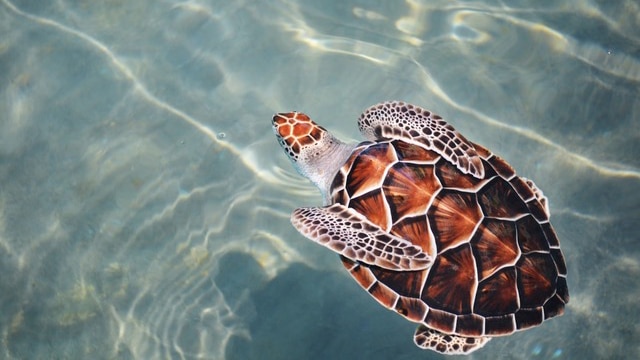
Snorkeling in Europe brings to mind golden sands dotted with beach umbrellas, clear waters, and rocky landscapes busy with Mediterranean fish life. Europe offers all of that, but it also offers so much more for snorkelers. Among Europe’s diverse countries, you can find impossibly bright blue lagoons, idyllic islands, and pristine marine reserves that host thousands of sea turtles and playful seals. You can snorkel over a sunken Roman city and explore one of the world’s premier marine megafauna hotspots. Ready for a summer vacation? Get inspired with our round-up of 8 unique places to go snorkeling in Europe.
Comino, Malta
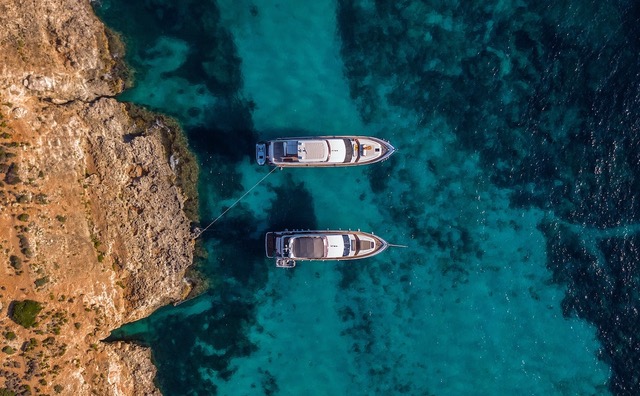
Sitting between the islands of Malta and Gozo, Comino Island is a paradise for snorkelers and divers alike. This tiny island hosts the brightest blue waters in the Maltese Islands and offers fantastic snorkeling among sheltered inlets and caves busy with diverse marine life.
Comino is best-known for hosting the Blue Lagoon; a bucket-list destination with crystal-clear waters and striking rocky landscapes. It is the perfect place to go snorkeling, take a hike, or simply marvel at the gorgeous scenery.
Medes Islands, Spain.
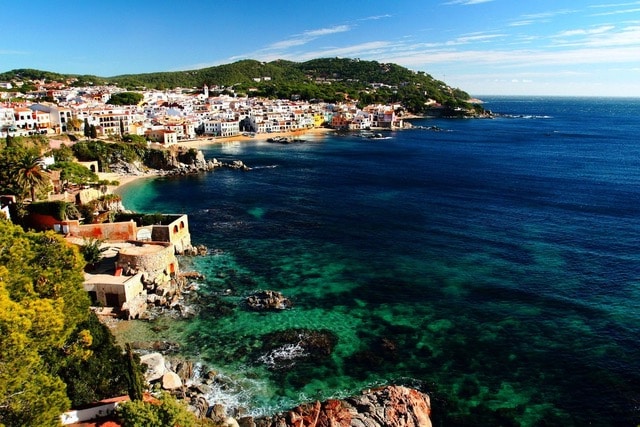
With over 500 dive sites and seaside destinations all along its coastline, Spain draws tourists from around the world. This vibrant country is one of Europe’s top vacation spots.
The Costa Brava in northeastern Spain is home to some of the most famous snorkeling spots in the country, one of which is the Medes Islands. This small archipelago of seven islets off L’Estartit is one of the best marine reserves in all of the Mediterranean.
Fishing was banned at the Medes Islands over 30 years ago, which has allowed marine life to flourish there. Seagrass meadows and rocky areas busy with fish await. A visit to this exceptional marine ecosystem is a must if you are visiting Spain.
Zakynthos, Greece.
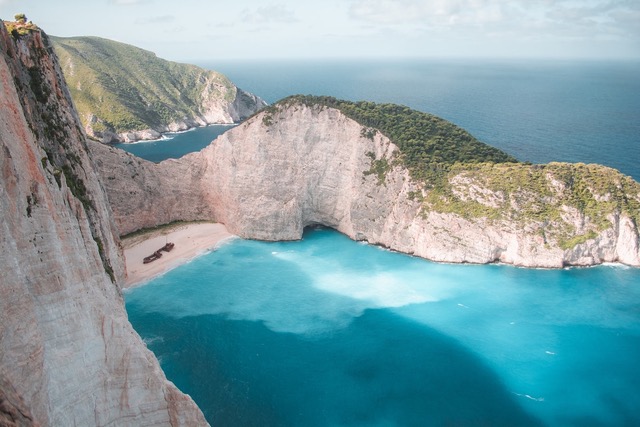
If you love sea turtles, Greece should be top of your list of places to go snorkeling in Europe.
Zakynthos is home to Marathonisi Island, also known as ‘Turtle Island’. This small island sits within the National Marine Park of Zakynthos and is a vital breeding ground for loggerhead sea turtles. The National Marine Park of Zakynthos was created in 1999 to protect these turtles, plus rare Mediterranean monk seals, which give birth to their young in Zakynthos’s secluded caves.
Marathonisi, nearby Cameo Island, and Zakynthos, are the top places in Europe to swim with turtles. In the summer months, thousands of loggerhead turtles visit the area to lay their eggs and you can go snorkeling with them.
Lundy Island, United Kingdom.
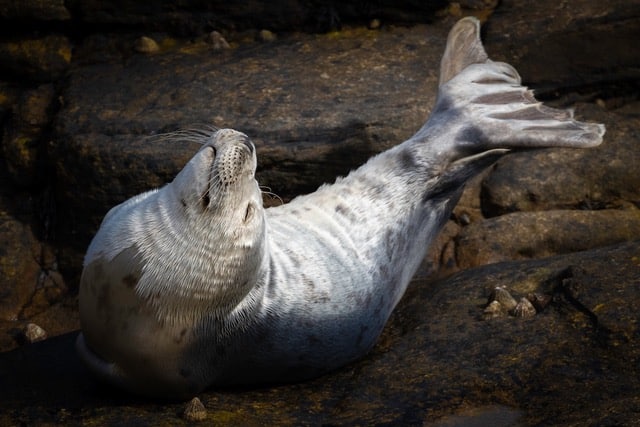
Snorkeling with seals is bound to leave a smile on your face. These cheeky animals are known for getting up close to snorkelers, checking them out, and occasionally nibbling fins.
Lundy Island is one of the best places to go snorkeling with seals in Europe. This island sits just 12 miles off the coast of Devon and hosts a breeding colony of Atlantic grey seals. The seals can be found playing in the surf and lounging in the sunshine at various points around the island.
Grab your snorkeling kit and dive in. Below the water, you will find shallow sunlit kelp forests, a variety of reefs, sea caves, and pinnacles. Lundy is a popular place for diving, but you will see plenty of marine life from the surface, including bright cup corals, anemones, fish, and hopefully seals.
Sunken City of Baiae, Italy
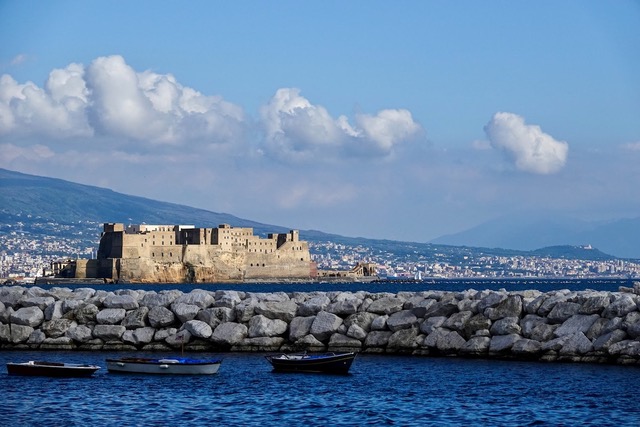
Not every great snorkeling experience is about marine life. In Italy, you can snorkel over ancient Roman ruins.
Two thousand years ago, Baiae was the destination for rich Romans to escape the city and relax by the seaside. Countless emperors and merchants flocked to Baiae’s shores every year, until tectonic activity forced this thriving city underwater.
Today, Baiae is an intact underwater city and one of the top highlights of snorkeling and diving in Italy. Observing these ruins is a breath-taking experience that brings history to life. There are Roman statues, a thermal spa, paved roads, and pillars dating back to the 1st century BC.
Corsica, France
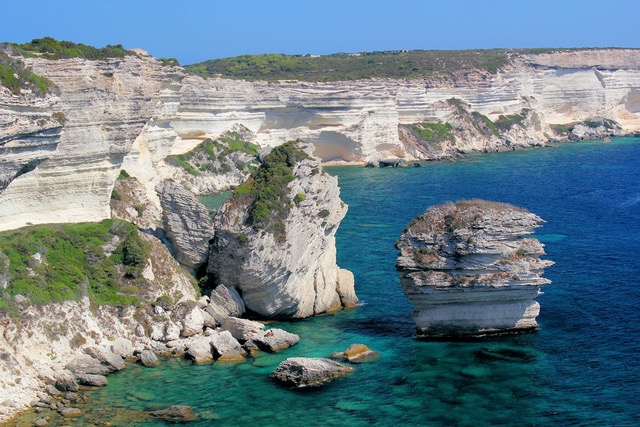
Corsica is renowned for its crystal-clear waters and shallow bays perfect for snorkeling with your kids.
This gorgeous island in the Mediterranean Sea boasts dramatic cliffs and white-sand beaches that hosts a wealth of accessible snorkeling spots. There are rich seagrass beds and rocky landscapes, plus small hidden coves dotted around the island. All of which host a diverse array of marine life, including huge schools of fish, octopi, moray eels, and starfish.
Corsica’s calm waters make it ideal not just for kids, but also for beginner snorkelers and those who want an easy time in the water. With water temperatures reaching up to 26 °C, plus water visibility of up to 30 meters, Corsica ticks the boxes for a laidback beach and snorkeling vacation.
Traun River, Austria
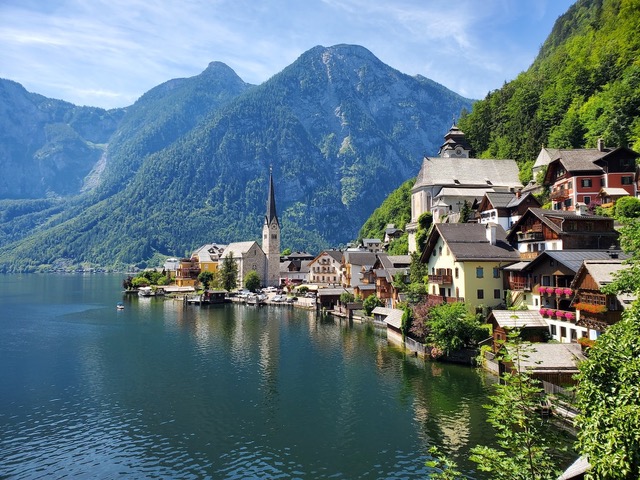
You might not think of Austria for snorkeling, but this land of iconic mountains and lush green landscapes has pristine lakes that attract divers and snorkelers every year. Away from the lakes, you can go snorkeling in spring-fed rivers that gleam in the sunshine.
Forget about floating on the surface when you go river snorkeling. At the Traun River in Upper Austria, river snorkeling involves rock jumping, canyoning, and some relaxed floating downstream. Along the way, you can explore interesting rock formations, underwater caves, and a waterfall, and meet freshwater fish life. This is also an excellent spot to go drift diving.
The Azores, Portugal
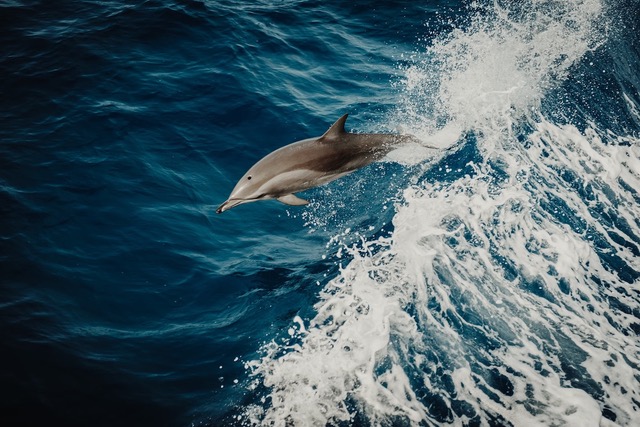
Sitting in the middle of the Atlantic Ocean and surrounded by endless blue waters, the Azores is a mecca for marine megafauna.
These famous islands host a remarkable amount of marine life, including more than 27 whale and dolphin species, mobula rays, and sharks. Snorkeling at the Azores is a great way to experience this wealth of life. You can swim with dolphins and snorkel among dozens of mobula rays and big pelagic fish.
And if you have a scuba certification, you can also go diving with mako and blue sharks. With water visibility reaching up to 60 meters, the Azores is incredible whichever way you choose to explore.
Kathryn Curzon, a conservationist and dive travel writer for SSI (Scuba Schools International), wrote this article.



